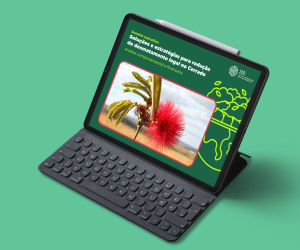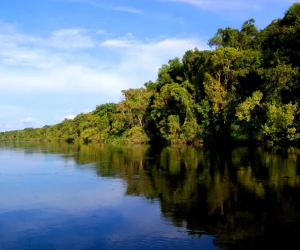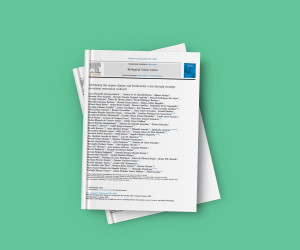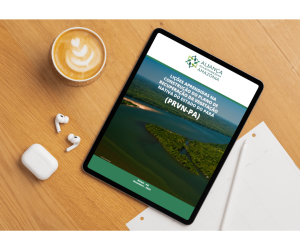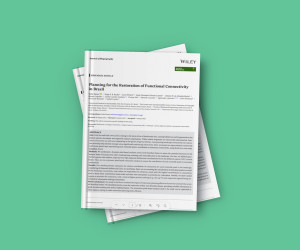Publications > Article
Addressing the urgent climate and biodiversity crisis through strategic ecosystem restoration in Brazil
Ecosystem restoration is crucial worldwide to address environmental challenges. Many countries, including Brazil, have committed to restoring degraded landscapes at national and international levels. Brazil aims to restore twelve million hectares of degraded areas by 2030, which requires strategic decision-making to allocate resources effectively and balance biodiversity gains with societal benefits.
The objective of this article was to identify which priority areas for restoration in each Brazilian biome that would maximize the benefits for biodiversity conservation if they were restored. For this, the potential gain of habitat for native flora and fauna species of each biome and the potential increase in functional connectivity for medium and large species were used as criteria.
This study is the first spatial prioritization of areas for restoration at a national level, taking into account all Brazilian biomes. Furthermore, a broad database verified by researchers from the Biodiversity Research Program (PPBio) networks was used to construct distribution models for each species.
The result showed that the priority areas for restoration, maximizing the benefits for biodiversity, are located in the Amazon Deforestation Arc, in the Central part of the Cerrado, in the Caatinga, Pampa and Pantanal ecotones and in the coastal area of the Atlantic Forest. Restoring 30% of these areas – approximately 76 million hectares – could significantly benefit 11,028 species, increasing available habitat by up to 10% and improving functional connectivity of the landscape by 60%. Additionally, this restoration effort would capture up to 9.8 million tons of atmospheric carbon, contributing to global climate goals.
As Brazil strives to meet national and international targets, the authors also advocate for economic incentives to support restoration practices within each phytogeographic domain. Integrating prioritization modeling into decision-making ensures optimal biodiversity and carbon stock outcomes to guide more effective restoration efforts. This comprehensive strategy helps advance restoration goals and underscores the vital role of science-based planning in safeguarding our planet’s natural heritage.

